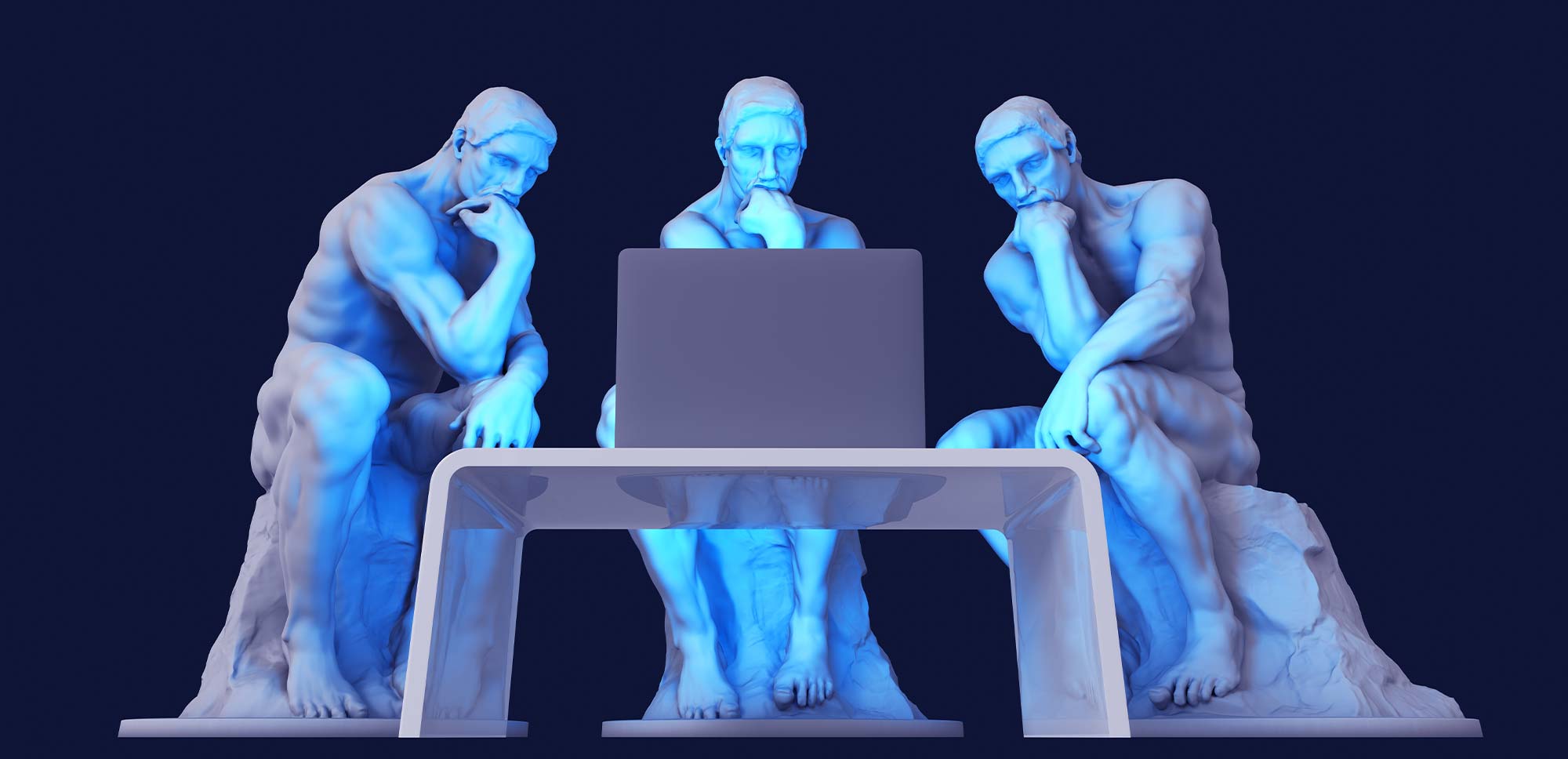Have you ever wondered whether the design of workspaces helps or hurts people’s performance and creativity? We spend so much time in the office that it’s only natural that the layout or composition of the office affects how we feel. As such, it should be a place that not only inspires us to work better and be more motivated, but also drives creativity and innovation in solving work-related problems.
What will I read about in this article?
- Benefits of productive workspace design
- Keys to awaken creativity in the workplace
H2: How does it affect the employee? Benefits of productive workspace design
2022 has been the year of the return to the office following the decline in pandemic-related cases worldwide. Adjusting to this return isn’t always easy, especially considering that most employees have not been in an office for at least two years.
The impact of workspace design on employee well-being occurs indirectly and can lead to increased stress levels and a drop in the overall quality of work.
Spending eight hours in a dark, grey, cluttered room is not the same as spending eight hours in a bright room with comfortable sofas and neat décor. Office design is an aspect that influences the working culture of a company.
“Spending eight hours in a dark, grey, cluttered room is not the same as spending eight hours in a bright room with comfortable sofas and exquisite decor”.
Collaborative workplace designs that focus on employee wellbeing have become the new norm in a post-pandemic workplace. Increased productivity and motivation or reduced stress are some of the benefits companies have gained from investing in a workspace that meets the needs of their employees.
For example, creating comfortable, open spaces that generate casual encounters between workers from different areas can be an important driver of innovation within the company. More and more organisations are creating workspaces that inspire people to be creative and interact with each other in a positive way.
H2: Keys to getting the workspace right: three ways to spark creativity
Everyone’s creative process is different. That is why it is important to offer people a variety of spaces where they can gather and make some noise during brainstorming sessions or isolate themselves to solve a complicated problem quietly and alone.
H3: Encouraging comfortable collaboration
A variety of communal settings throughout the building invite people to meet or chat in a relaxed way. When people feel comfortable, they’re more likely to share ideas and help each other solve problems – two great ways to drive innovation.
Claustrophobic break rooms in the far corners of a building are a thing of the past. At Dentsu Canada, the cafeteria is a bright, centrally located space that encourages people to step away from their desks for a moment to relax and enjoy time with colleagues. It’s also the kind of space to meet with customers or suppliers.
“When people feel comfortable, they are more likely to share ideas and help each other solve problems”.
Many companies have designed open workspaces where people feel more at home, welcome and free to talk to each other. One popular idea is an office configuration known as “hot-desking”. This design is based on the concept that no one has an assigned desk. Instead, there are open workspaces where everyone is free to set up and move around as they wish.
It’s a model that works for organisations that have some staff working some days remotely and others in the office, as it saves space. The open environment also encourages collaboration between colleagues, as people can sit next to each other and get up and move around as needed. You can read more about hot desking here.
H3: Providing privacy
The B-side of an open-plan office is noise control, privacy and the ability to concentrate. According to a global survey conducted by Steelcase and IPSOS, 85% of workers cannot concentrate in open-plan spaces, and 31% say they have to leave the office to finish their work.
To avoid this, it’s advisable to have isolation booths or private rooms with free access throughout the building. These office modules, which enhance work that requires concentration, offer a complete enclosure and a high level of noise control for people who need total silence to concentrate or hold private meetings.
H3: Include a bit of nature
Plants are a great addition to any workspace. And not just for their aesthetic value. Research has shown that exposure to plant life can increase memory, decrease anxiety levels and improve mood. They can also increase productivity and creativity: it is estimated that people surrounded by plants and other natural elements are 15% more creative than those without.
Another key factor is lighting. Yes, being able to see, read and write comfortably may seem like the least a company can guarantee its employees. But it’s important that the lighting is natural, within the daylight hours that the day allows. According to research conducted by Cornell University, workers in daylit office environments reported an 84% decrease in symptoms of eyestrain, headaches and blurred vision symptoms, which can detract from productivity.
Comfortable and attractive workspaces have a significant positive impact on people’s well-being. Employees who like their office tend to be more satisfied with their work and motivated to meet the organisation’s goals.
Sources:
https://www.inc-solutions.com/how-office-design-impacts-employee-well-being/


